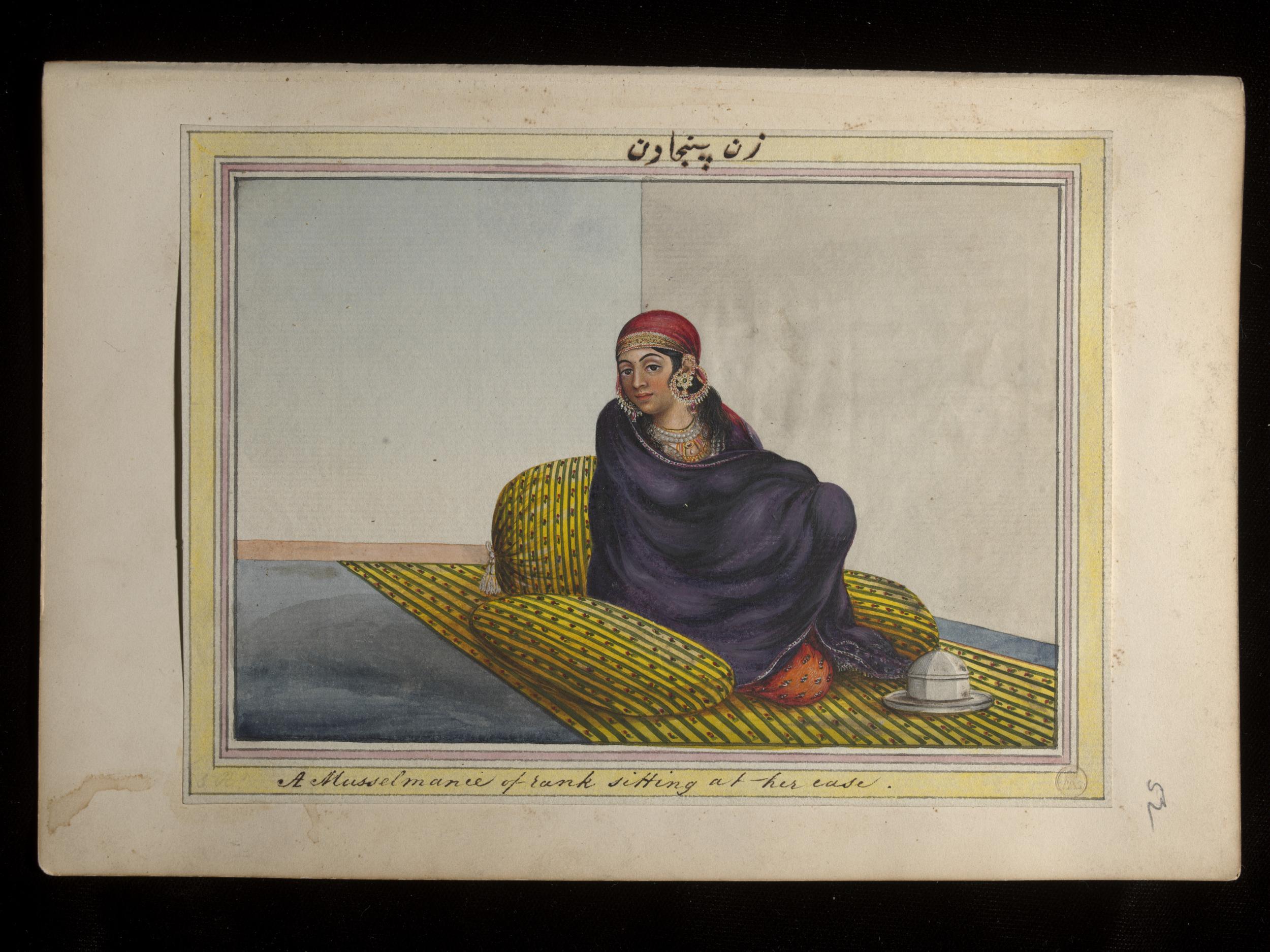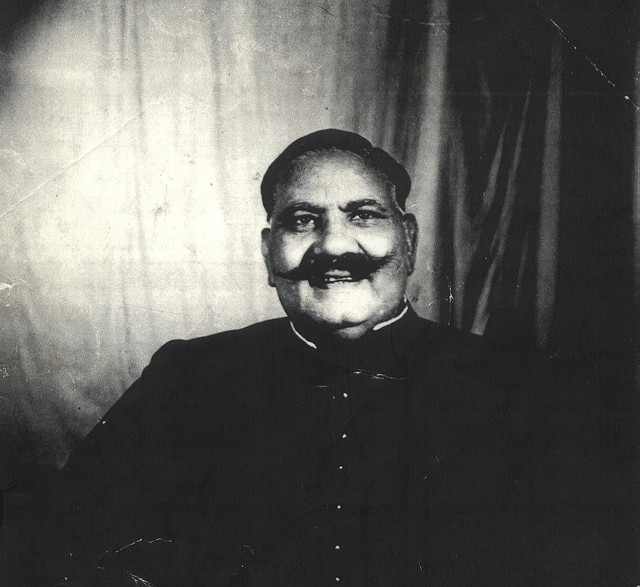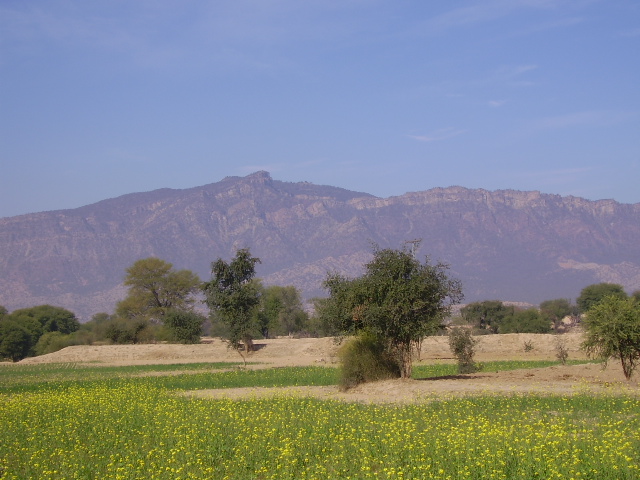|
Kajjan Begum
Kajjan Begum was a Pakistani classical singer and playback singer. Before migrating to Pakistan, she was a famous singer in India. Early life Kajjan was born in Lucknow, British India on January 24, 1932. Her mother, Hussaini Begum and her two younger sisters, Ishrat Jehan and Shamim Bano were also singers. She was schooled in classical singing with her two sisters at the Lucknow School. She started singing ''Marsiya-khawani'' with her mother in 1940. She was later employed at Mohammad Amir Ahmed Khan's palace, where she would sing songs and recite elegies during religious days. On other days she would sing thumris, kajris, dadras and light classical Hindustani music. Career Kajjan remained in India after the Partition of India for some time, during which she became a popular singer. In the late 1950s, she migrated to Pakistan with her family. She later started singing on Radio Pakistan Karachi. She trained her daughter Mehnaz Begum in classical music. In 1962 Fazal Ahmad ... [...More Info...] [...Related Items...] OR: [Wikipedia] [Google] [Baidu] |
Lucknow
Lucknow (, ) is the capital and the largest city of the Indian state of Uttar Pradesh and it is also the second largest urban agglomeration in Uttar Pradesh. Lucknow is the administrative headquarters of the eponymous district and division. Having a population of 2.8 million as per 2011 census, it is the eleventh most populous city and the twelfth-most populous urban agglomeration of India. Lucknow has always been a multicultural city that flourished as a North Indian cultural and artistic hub, and the seat of power of Nawabs in the 18th and 19th centuries. It continues to be an important centre of governance, administration, education, commerce, aerospace, finance, pharmaceuticals, technology, design, culture, tourism, music and poetry. The city stands at an elevation of approximately above sea level. Lucknow city had an area of till December 2019, when 88 villages were added to the municipal limits and the area increased to . Bounded on the east by Barabanki, on th ... [...More Info...] [...Related Items...] OR: [Wikipedia] [Google] [Baidu] |
Patiala Gharana
The Patiala ''gharana'' (, ) is one of the vocal (tradition, school, or style of music) of Hindustani classical music, named after the city of Patiala in Punjab, India where it was established. The ''gharana'' was founded in the mid to late 19th century by Mian Kallu (also known as Kalu-miya Khan), a sārangi player of the Jaipur durbar. He received his musical training from the last Mughal king Bahadur Shah Zafar’s court musician Qutub Bakhsh ‘Tanras’ Khan ( Delhi ''gharana'') and went on to become the court musician to the Maharaja of Patiala. Eventually, the mantle was passed on to his son, ‘General’ Ali Baksh Khan and his close friend ‘Colonel’ Fateh Ali Khan, both of whom became court musicians in the court of Maharaja Rajinder Singh. The titles of 'general' and 'colonel' of music were bestowed upon them by the Victor Alexander Bruce, the 9th Earl of Elgin, after the duo had enthralled him with their performance. Their pairing was popularly referred to as ... [...More Info...] [...Related Items...] OR: [Wikipedia] [Google] [Baidu] |
Radio Personalities From Lahore
Radio is the technology of signaling and communicating using radio waves. Radio waves are electromagnetic waves of frequency between 30 hertz (Hz) and 300 gigahertz (GHz). They are generated by an electronic device called a transmitter connected to an antenna which radiates the waves, and received by another antenna connected to a radio receiver. Radio is very widely used in modern technology, in radio communication, radar, radio navigation, remote control, remote sensing, and other applications. In radio communication, used in radio and television broadcasting, cell phones, two-way radios, wireless networking, and satellite communication, among numerous other uses, radio waves are used to carry information across space from a transmitter to a receiver, by modulating the radio signal (impressing an information signal on the radio wave by varying some aspect of the wave) in the transmitter. In radar, used to locate and track objects like aircraft, ships, spacecraft a ... [...More Info...] [...Related Items...] OR: [Wikipedia] [Google] [Baidu] |
Punjabi-language Singers
Punjabi (; ; , ), sometimes spelled Panjabi, is an Indo-Aryan language of the Punjab region of Pakistan and India. It has approximately 113 million native speakers. Punjabi is the most widely-spoken first language in Pakistan, with 80.5 million native speakers as per the 2017 census, and the 11th most widely-spoken in India, with 31.1 million native speakers, as per the 2011 census. The language is spoken among a significant overseas diaspora, particularly in Canada, the United States, and the United Kingdom. In Pakistan, Punjabi is written using the Shahmukhi alphabet, based on the Perso-Arabic script; in India, it is written using the Gurmukhi alphabet, based on the Indic scripts. Punjabi is unusual among the Indo-Aryan languages and the broader Indo-European language family in its usage of lexical tone. History Etymology The word ''Punjabi'' (sometimes spelled ''Panjabi'') has been derived from the word ''Panj-āb'', Persian for 'Five Waters', referring to t ... [...More Info...] [...Related Items...] OR: [Wikipedia] [Google] [Baidu] |
Women Ghazal Singers
A woman is an adult female human. Prior to adulthood, a female human is referred to as a girl (a female child or adolescent). The plural ''women'' is sometimes used in certain phrases such as " women's rights" to denote female humans regardless of age. Typically, women inherit a pair of X chromosomes, one from each parent, and are capable of pregnancy and giving birth from puberty until menopause. More generally, sex differentiation of the female fetus is governed by the lack of a present, or functioning, SRY-gene on either one of the respective sex chromosomes. Female anatomy is distinguished from male anatomy by the female reproductive system, which includes the ovaries, fallopian tubes, uterus, vagina, and vulva. A fully developed woman generally has a wider pelvis, broader hips, and larger breasts than an adult man. Women have significantly less facial and other body hair, have a higher body fat composition, and are on average shorter and less muscular th ... [...More Info...] [...Related Items...] OR: [Wikipedia] [Google] [Baidu] |




.jpg)